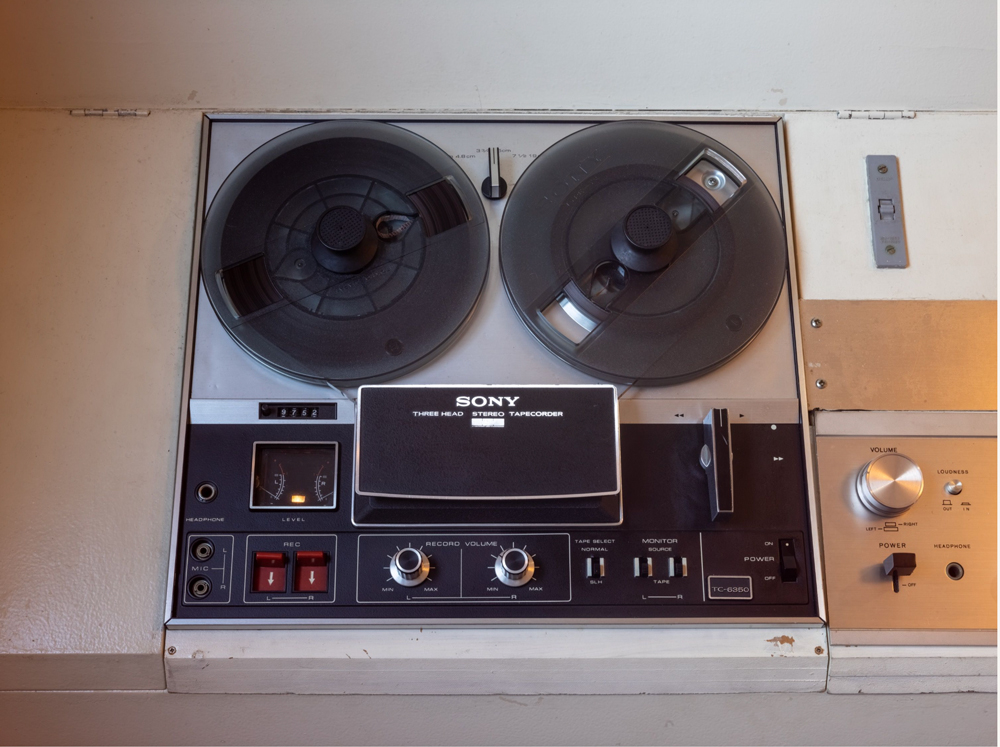Thinking outside the Box:
The demolition of the Nakagin Capsule Tower
And its possible reconstruction in the metaverse

And so it sadly came to pass, the threat of demolition looming large over this iconic residential building for so many years became a reality with an unexpected twist.

Image Howard Morris
By Spring 2022 it was clear that regardless that local activists had put up an almighty fight to save it, the breaking up of Kisho Kurokawa’s Nakagin Tower in the heart of Tokyo was beginning. Soon the space where the local landmark once stood was barely recognisable.

Image Howard Morris
What remains of that building is a group of 23 individual capsules untethered from the mothership – despatched around the world mostly as museum pieces.

However, and this really depends on how you feel about the metaverse, the Nakagin Tower will exist in a virtual form and possibly even be rebuilt if Kisho Kurokawa Architect and Associates and the Laetoli Corporation have their way. To many people’s surprise, they announced in July 2022 their intention to auction the rights to reconstruct Nakagin Capsule Tower utilising NFT and Real Space technology, separately they are also selling the rights to recreate (one assumes) in a new location. The auction is now closed, and it is not yet clear what will happen next.

Perhaps this is not the outcome Akiko Ishiamaru expected, one of the leading activists behind the Nakagin Capsule Tower A606 Project, which was set up to try to stop the demolition. She is now working with other volunteers to ensure the pods find good homes. Akiko notes that this was an idea explored by the architect Kisho Kurokawa in his book Homo Movens.
However, what’s not clear at this stage is who would pay for the long-term maintenance of the capsules. It is still a work in progress.

Kisho Kurokawa’s original idea was to reimagine the concept of living in a residential apartment. When he completed the building in 1972 he proposed that each capsule, home for a ‘salaryman’, would be replaced every 20-25 years. The design was intentionally flexible and adaptable, it was simply a matter of swapping a capsule in and out as required – easy to build in a factory in Shiga Prefecture. However, underestimating the difficulty in achieving that meant the building was basically doomed. It became clear that the removal and installation system didn’t function properly and had some fundamental structural problems. It would have been impossible to slide out one capsule without removing the rest simultaneously, and an action of that magnitude would require the agreement of all the capsule owners. So, the fabric of the building crumbled, and unsurprisingly, the property owner wanted to sell. Missing in the story is the Japanese Architectural Preservation Society; it’s baffling how a building hailed as an important example of the Metabolism Movement couldn’t be saved.

Now, the A606 team is in a position to judge the condition of the capsules and assess the level of damage occurring as a result of the removal process. She commented immediately prior to the demolition, ‘The capsule cannot be removed without destroying the bolt around which the shaft (tower) and capsule are secured. It is expected they will need repair after removal from the tower. The asbestos contained in the paint used to coat the capsule’s steel walls is a real problem. This carcinogenic material must be removed before the capsule is transferred, a process which is likely to cause considerable damage.’

It’s an interesting moment for fans of the tower – to know that the architectural practice of the very firm that built the original building are on centre stage with this new project. So what can we conclude? When it comes to Nagakin Capsules -the story is far from over.

Nakagin Tower Interior Image Howard Morris
All images, unless otherwise noted the Copyright of the Nakagin Capsule Tower A606 project






















